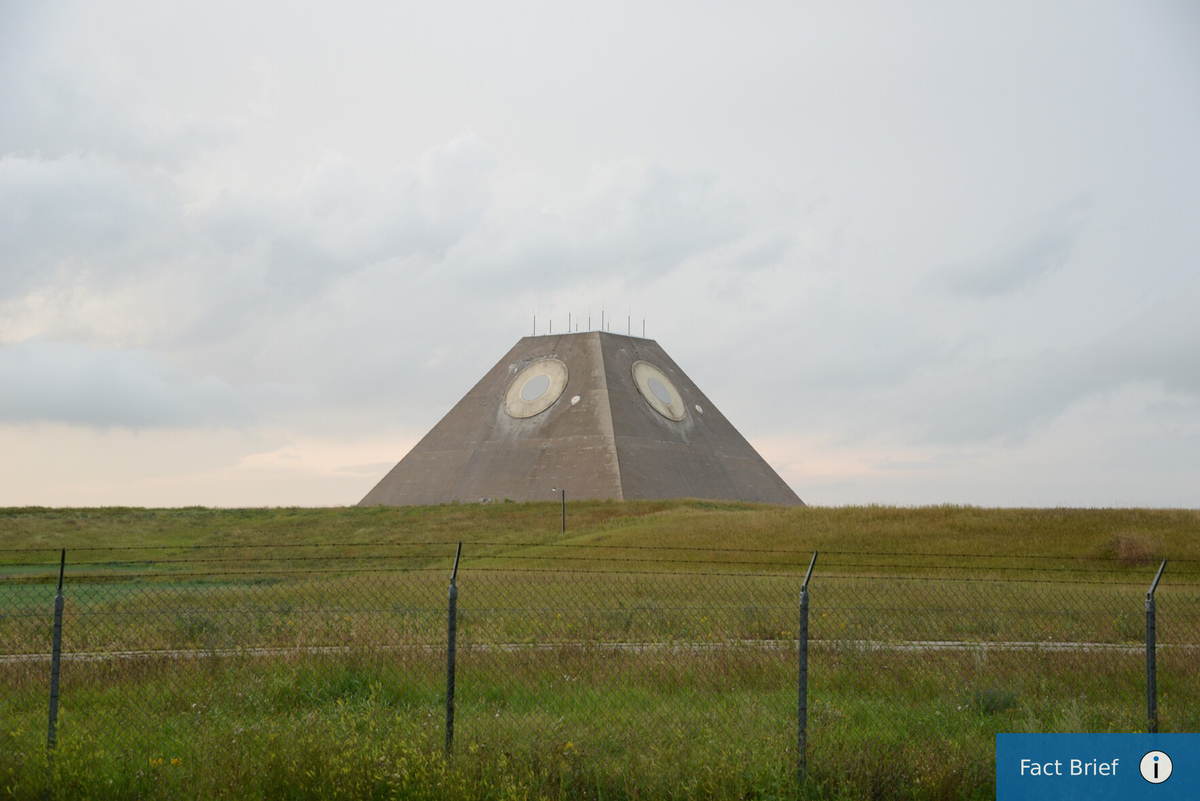Was North Dakota’s Nekoma Pyramid ballistic missile defense site shut down after just one day?

No.
While the U.S. Congress voted to decommission Nekoma Pyramid a day after it became fully operational, the ballistic missile defense site continued to operate for around six more months before it was shut down.

The Stanley R. Mickelsen Safeguard Complex, commonly called the Nekoma Pyramid, achieved initial operating capability on April 1, 1975 and full operational capability on October 1, 1975. The next day, Congress voted to shut down the entire Safeguard missile defense program, citing high costs, limited effectiveness, and arms control concerns.
While the vote came just one day after the system reached full operational status, the shutdown process was not immediate. The Nekoma site, along with its supporting radar and Cinterceptor installations, remained active until April 1976.
The decision affected other planned Safeguard locations, which were canceled or never completed. The October 2 vote effectively ended the nation’s first and only operational anti-ballistic missile defense network.
This fact brief is responsive to conversations such as this one.
Sources:
U.S. Army: Safeguard Achieves Full Operational Capability
Wikipedia
CLUI.org
Malmstrom Airforce Base
Support independent journalism that puts North Dakota’s communities first. Your donation to the North Dakota News Cooperative helps us deliver in-depth reporting on the issues that matter most.



